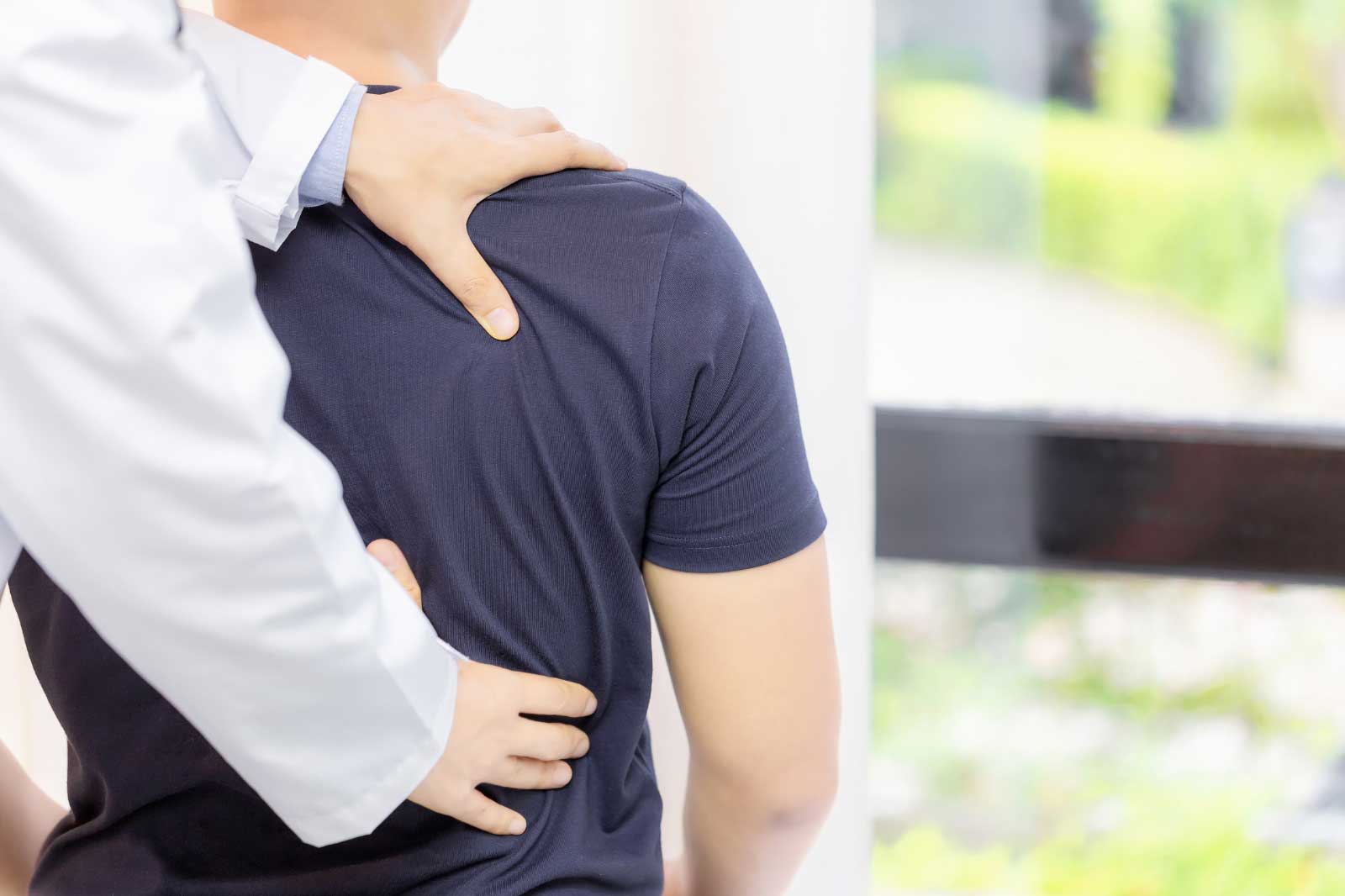Introduction
If you’ve ever woken up with aching outer thighs or persistent discomfort in your hips or knees, you might be dealing with IT band pain. Sleep is a critical time for your body to heal, yet many find that nighttime only worsens the discomfort. The best sleeping position for IT band pain can make a significant difference, offering relief and promoting recovery.
In this guide, we’ll explore what IT band pain is, why your sleep posture matters, and how to optimize your bedtime routine to reduce pain and support healing.
Understanding the IT Band
The iliotibial band (IT band) is a thick band of connective tissue that runs along the outside of your thigh, from your hip to just below the knee. It helps stabilize your knee during activities like walking, running, or climbing stairs. When this band becomes tight or inflamed—often due to overuse, poor movement mechanics, or muscle imbalances—it can cause sharp pain or aching in the outer thigh and knee, a condition known as IT Band Syndrome.
Common causes of IT band pain include:
- Overuse from repetitive motion (running or cycling)
- Poor posture or improper running form
- Muscle imbalances (weak glutes or hips)
- Tight hip flexors or quadriceps
- Poor flexibility or inadequate warm-ups
Understanding the cause is essential, but what you do during rest—especially while sleeping—can also affect your recovery and level of pain.
How Sleeping Position Affects IT Band Pain
When you lie down to sleep, the way your body aligns—particularly your hips, knees, and lower back—can either relieve or aggravate IT band pain. If your hips are rotated or misaligned, or if there’s too much pressure on the affected side, it can increase tension in the IT band area.
The best sleeping position for IT band pain is one that minimizes direct pressure on the painful side, keeps the spine and hips in neutral alignment, and reduces stress on the knees and outer thighs. Improper sleeping posture may prolong inflammation or even exacerbate the problem.
Best Sleeping Positions for IT Band Pain
Side Sleeping on the Unaffected Side
Sleeping on the opposite side of your pain is often considered the best option. This position helps reduce direct pressure on the painful IT band while allowing you to stay comfortable throughout the night. To enhance this position:
- Place a firm pillow between your knees to align your hips.
- Keep your top leg slightly forward to avoid hip rotation.
- Use a supportive pillow under your head to keep your spine straight.
This position is particularly effective because it avoids compressing the inflamed tissue and promotes proper alignment of the hips and spine.
Back Sleeping
If you’re comfortable sleeping on your back, it’s another highly recommended position. It distributes body weight evenly and helps maintain a neutral spine. For IT band pain, enhance this position by:
- Placing a pillow under both knees to reduce tension in the lower back and thighs.
- Using a medium-firm pillow under your head to support your neck and upper spine.
Back sleeping minimizes external pressure on the hips and IT band while supporting muscle relaxation.
Sleeping Positions to Avoid
Sleeping on the Affected Side
This is the worst position if you’re experiencing IT band pain. The pressure applied directly to the sore area can increase inflammation and discomfort.
Stomach Sleeping
Stomach sleeping often forces your spine, hips, and knees into unnatural angles. This not only places indirect strain on the IT band but can also cause neck and back issues. It’s best to avoid this position entirely when dealing with IT band syndrome.
Pillow and Mattress Tips for IT Band Pain
Choosing the right mattress and pillows can make a huge difference in your comfort level and the effectiveness of your sleeping position.
Mattress Recommendations:
- Firmness Level: A medium-firm to firm mattress offers enough support to keep your spine and hips aligned.
- Material: Memory foam or latex mattresses help distribute weight evenly and reduce pressure points.
Pillow Tips:
- Between-the-knees pillow: Essential for side sleepers to maintain hip alignment.
- Knee wedge pillow: Ideal for back sleepers to reduce thigh and knee tension.
- Full body pillow: Helpful for keeping your entire body aligned if you tend to shift during the night.
Here’s a quick reference table:
| Sleep Position | Ideal Pillow Placement | Mattress Type | Benefit |
|---|---|---|---|
| Side (unaffected side) | Between knees, under head | Medium-firm memory foam | Reduces hip pressure |
| Back | Under knees, under head | Firm or orthopedic | Aligns spine and eases thigh tension |
| Stomach (not advised) | None recommended | Not ideal | Increases misalignment |
Nighttime Tips to Reduce IT Band Pain
Creating a relaxing bedtime routine can help reduce pain before you even get into bed. Consider incorporating these strategies:
- Gentle foam rolling: Use a foam roller to release tension along the outer thigh before bed.
- Stretching exercises: Focus on IT band stretches like standing leg cross-overs or pigeon pose to loosen the area.
- Ice therapy: Applying ice to the painful area for 10–15 minutes can reduce inflammation and make it easier to fall asleep.
- Warm bath or heating pad: Helps relax surrounding muscles, especially if your pain stems from muscle tightness rather than acute inflammation.
- Sleep consistency: Try to go to bed and wake up at the same time daily to support your body’s natural healing cycles.
Morning Routine After Sleeping
Waking up with stiffness in your outer thigh or knee can be frustrating. To ease into your day:
- Start with light stretches to improve circulation and release overnight tension.
- Use a foam roller to massage tight areas gently.
- If pain lingers, apply ice or heat depending on what provides the most relief.
This helps prepare your IT band for daily activities and reduces the risk of aggravation.
When to See a Healthcare Provider
While adjusting your sleeping position can significantly help IT band pain, it’s important to seek medical advice if:
- The pain worsens or persists beyond a few weeks
- You experience swelling, redness, or warmth around the knee or thigh
- Walking or bending becomes painful
- There’s no improvement with home care
A physical therapist can help you strengthen and stretch key muscle groups, while a doctor may recommend PRP therapy, corticosteroid injections, or other treatments.
Conclusion
Managing IT band pain doesn’t end when your day does. The best sleeping position for IT band pain can greatly influence your comfort, recovery speed, and overall sleep quality. Whether you’re a side sleeper who needs a pillow between the knees or a back sleeper who benefits from leg support, proper alignment and pressure relief are key.
Pairing the right sleeping position with the proper mattress, pillows, and nighttime habits can create a sleep environment that promotes healing and minimizes discomfort. With consistency, these small changes can add up to better nights and more pain-free days.
Recommended Articles
6 Preventative Services Offered by a Family Dentist
How Dental Implants Transform Your Smile and Confidence
Understanding Rotator Cuff Shoulder Injuries and Treatment Options





Leave a Reply